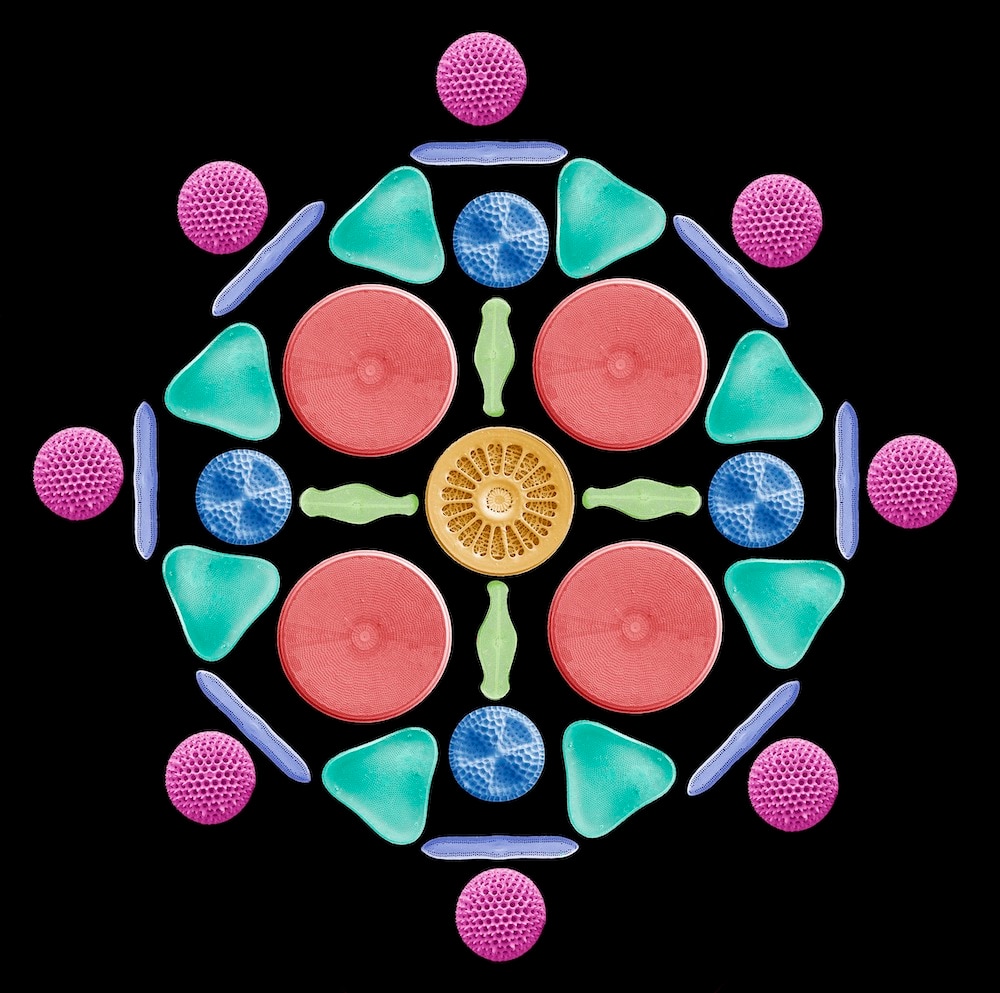Create a free profile to get unlimited access to exclusive videos, sweepstakes, and more!
Close Encounters of the algal kind! Phytoplankton communicate with light
What could they be talking about?

In Steven Spielberg’s classic sci-fi film Close Encounters of the Third Kind, humanity is visited by an advanced alien species. In the absence of any common language, the aliens divert to simpler communication methods, those of sound and light.
In Earth’s oceans, a similar type of communication is happening among some of the smallest and most ubiquitous organisms on our planet. While communication and socialization are often thought of as existing only in the realm of higher animals, the ability to share information is important even for the very small and very simple.
Researchers at the French Institute for Sea Research and the Mediterranean Institute for Advanced Studies describe a novel method of communication among diatoms. In addition to the usual methods of communication, these microscopic phytoplankton take in and redistribute light signals to pass on information. The results of the team’s research were published in a recent issue of Science Advances.
Diatoms are among the most heavily distributed animals in Earth’s oceans, accounting for a significant portion of oceanic production and serving as a lynchpin in the oceanic food chain. Despite their comparatively simple construction, they demonstrate an exceptional ability to adapt to their environment over short and long timescales.
Part of that success appears to be the result of communication strategies among communities of diatoms, allowing them to increase their fitness through coordinated behavioral changes.
In response to environmental changes, diatoms may need to sink or rise to different depths in search of better nutrient stores. They may need to enact coordinated mating or bloom. Communities of phytoplankton have the collecting ecological bargaining power to drastically alter their immediate environment if they work together, and that requires the ability to communicate information among the population.
Previously, communication among these simple organisms was believed to occur entirely via chemical signals passed on from individual to individual. Certainly, scientists see that they do communicate that way, but the new research uncovered an additional mode of light-based communication not previously recognized.
Examination of diatoms revealed the existence of photoreceptors for red light, something which puzzled scientists upon first observations. To test the purpose of those receptors, researchers placed a community of diatoms in a tank and exposed them to red light.
They found that red light stimulation changed the behavior of the diatoms, causing them to synchronize their movements and behave as a coordinated unit. Diatoms are able to take in the red light, process it, and re-emit the light by wobbling their single-celled bodies.
In an instance of bizarre biology, diatoms accomplish this wobbling by reorganizing the organelles inside their bodies periodically. It’s the microscopic equivalent of if every time you wanted to walk to the fridge or call your parents you had to shift your organs back and forth to move your legs or send a message.
During the course of the wobbling, diatoms are able to change the rate at which they sink in the water column and even increase rates of nutrient uptake and reproduction. It might be that the wobbling behavior increases the likelihood that two diatoms come into contact with one another, improving the mating potential.
Diatoms don’t have a lot of tools at their disposal, but they use the tools they do have in myriad and interesting ways to make themselves one of the most successful and long-lived organisms in history. Their collective actions, whether chemical or light-based in origin, drive the world’s largest ecosystems.
If aliens ever do visit our planet, they might do well to set up near the oceans instead of Devils Tower, the diatoms might actually be able to understand them. Though, they’re probably not as good at mashed potato sculptures. We’ll leave that to Richard Dreyfuss.


























